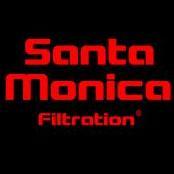Chaeto Reactors compared to Algae Scrubbers
-
Topics
-
Latest Update
-
2
-
6
-
21
WTS/WTT Thick Branched Pulsing Xenia
Up! Sent from my iPhone using Tapatalk -
1
WTS/WTT Lumi neon green japanese kenya
Up! Sent from my iPhone using Tapatalk -
11
Decom Sales, tank, equipments, livestock & rockscape
Nyos reactor and kamoer ato reserved.
-






Recommended Posts
Join the conversation
You can post now and register later. If you have an account, sign in now to post with your account.